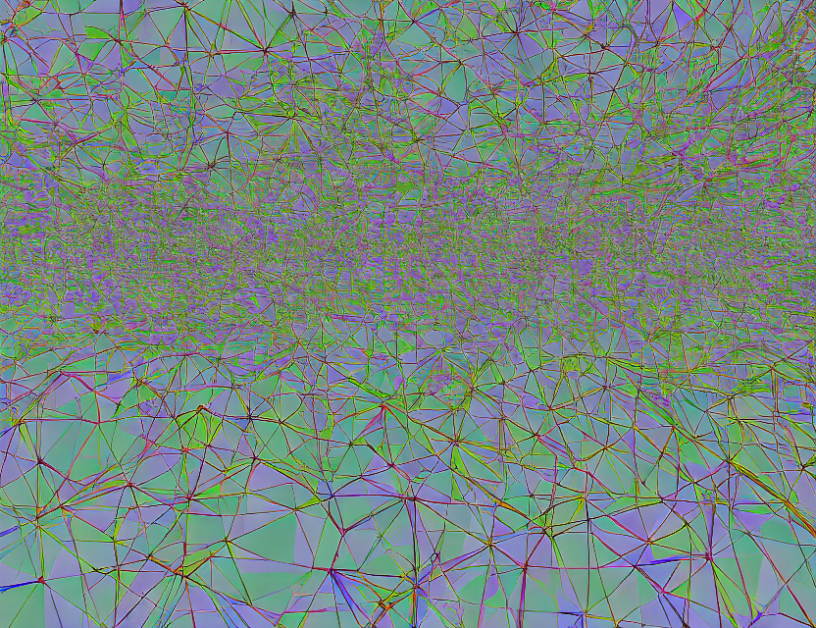In this article, researchers propose a new method for reconstructing 3D scenes from sparse views, called Sparse Neural Voxel Fields (SNVF). The proposed approach is based on neural networks and leverages the efficiency of voxel-based representations. The key innovation of SNVF lies in its ability to handle large overlapping sets of views, which enables faster and more accurate reconstruction compared to previous methods.
The authors begin by highlighting the challenges of reconstructing 3D scenes from sparse views, where the number of views is much smaller than the number of 3D points in the scene. They note that existing methods often suffer from either slow reconstruction times or lower-quality results. To address these limitations, the authors propose SNVF, which combines the efficiency of voxel-based representations with the power of neural networks.
The SNVF method consists of two stages: a sparse view encoder and a 3D voxel decoder. The sparse view encoder takes each individual view and transforms it into a set of learnable embedding vectors, which are then fed into the 3D voxel decoder. The decoder uses these embedding vectors to reconstruct the 3D scene in a hierarchical manner, starting from the coarsest voxel level and progressively refining the details.
To improve the accuracy and efficiency of SNVF, the authors propose a novel training strategy that leverages both complete and incomplete views. They show that by using a combination of complete views for training the encoder and incomplete views for training the decoder, SNVF can achieve better reconstruction quality than traditional methods that rely solely on complete views.
The authors evaluate SNVF through several experiments, comparing it to state-of-the-art methods in terms of both accuracy and speed. They find that SNVF outperforms these methods in both areas, particularly when dealing with large overlapping sets of views. They also demonstrate the versatility of SNVF by applying it to a variety of 3D scene reconstruction tasks, including the recovery of surface normals, texture mapping, and 3D object segmentation.
In conclusion, the authors of this article propose Sparse Neural Voxel Fields (SNVF), a new method for efficient and high-quality 3D scene reconstruction from sparse views. By leveraging the efficiency of voxel-based representations and the power of neural networks, SNVF can handle large overlapping sets of views and achieve better reconstruction quality than existing methods. This work has important implications for applications such as robotics, computer vision, and virtual reality, where 3D scene reconstruction is a key component.
Computer Science, Computer Vision and Pattern Recognition
Improved Sparse View Reconstruction via Global Geometric Fields



